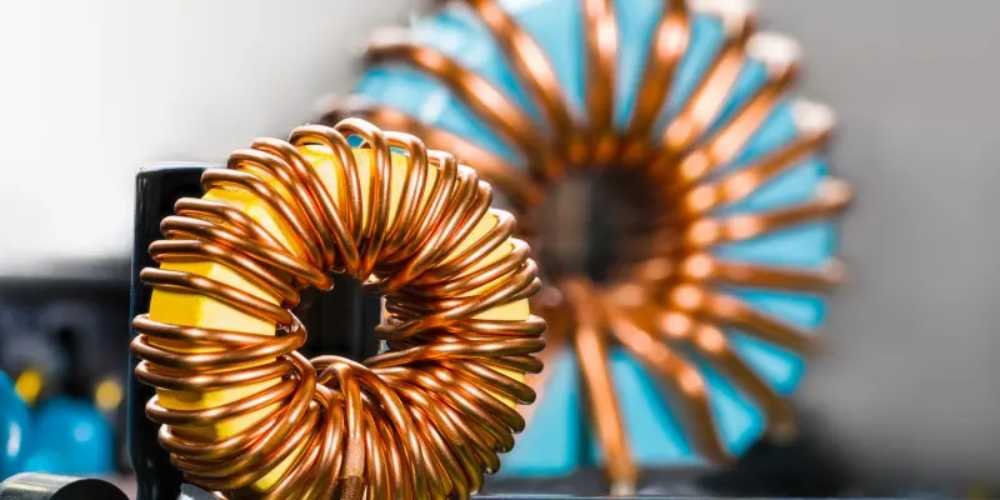Air core inductors are essential components in electronics due to their absence of a ferromagnetic core making them suitable for high-frequency applications. They store energy in a magnetic field as electric current passes through them.
Their development was driven by the pursuit of efficiency in radio and telecommunications, where reducing energy loss was a critical concern. Innovations in these fields laid the groundwork for today’s sophisticated applications.
Contents
Why Air-Core Inductors Matter
Since they eliminate magnetic core losses, provide stability and reliability in precision applications, and are free of heavy iron cores their design achieves high-performance benchmarks while maintaining minimal size, making them valuable in modern electronics, air-core inductors are essential to the electric equipment manufacturer. They are also ideal for compactness and efficiency due to their lightweight configuration.
Benefits of Using Air-Core Inductors
No Magnetic Core Losses
Air-core inductors are advantageous due to their lack of magnetic core losses resulting in higher efficiency levels and fewer complications related to core saturation. It is particularly beneficial in high-power scenarios where managing core properties can be challenging, especially in applications where power conservation is crucial.
High-Frequency Applications
Air-core inductors are highly effective in high-frequency applications making them crucial in RF circuits and wireless technologies. They function without disturbance and are ideal for modern electronics due to their ability to function at elevated frequencies without core saturation issues. In the era of rapid technological advancements, air-core inductors offer reliable solutions for engineers.
Challenges in Implementing Air-Core Inductors
Size Constraints
Despite their numerous benefits, air-core inductors face significant challenges due to their size. They require more space to achieve the same level of inductance as core-enhanced inductors which can be problematic in compact electronic designs. Designers must weigh the benefits of air-core inductors against the limitations of increased physical volume, making strategic decisions based on specific application needs.
Manufacturing Complexity
Air-core inductors are complex and demanding, requiring advanced manufacturing techniques to create precise coil configurations for specialized applications. It often leads to higher production costs. Manufacturers must balance design complexity with cost efficiency and mass production to create inductors.
Applications in Modern Electronics
RF Circuits
Air-core inductors are crucial in RF circuits enhancing the performance of radio transmitters and receivers by minimizing electromagnetic interference and signal distortion. It is vital in communication technologies, where clear and uninterrupted communication is essential. Their high-quality transmission and reception are advantageous.
Wireless Charging Systems
Air-core inductors are crucial in wireless technology, playing a vital role in wireless charging systems and power transfer across devices. As consumer demands for convenience grow, their capabilities expand and adapt to meet new technological benchmarks making them an essential component in modern smartphones and electric vehicles.
Future Prospects of Air-Core Inductors
Technological Advancements
Air-core inductors are expected to see widespread adoption due to their efficiency and reduced physical footprint. Trends indicate a growing trend towards miniaturization and efficiency in electronic devices. Technological industry analysts predict innovations in inductor designs that could revolutionize the integration of these components into modern technology.
Conclusion: The Indispensable Component
Air-core inductors are crucial in modern electronics, serving in high-frequency applications. As size constraints and manufacturing complexities are addressed through innovation, their relevance and applicability are expected to grow.
Air-core inductors will remain essential in enabling developments and establishing new standards for performance and efficiency as electronic technology advances. Their future looks promising as they contribute significantly to technology advancements.



